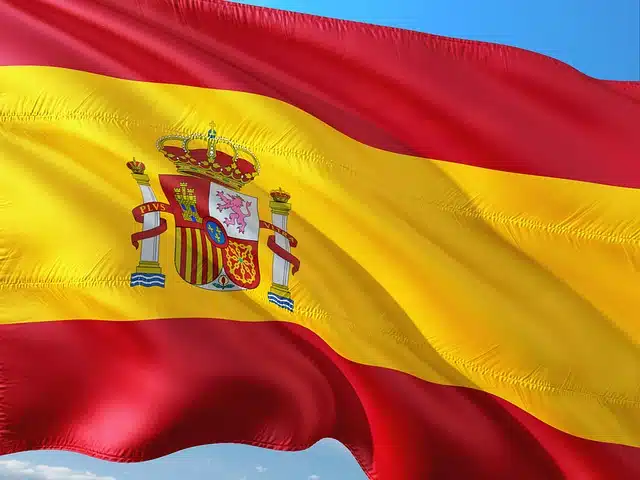
The Spanish language is spoken in Spain and many other countries.
Language is a term that has various uses. In this case, we are interested in the definition that refers to language (the verbal or gestural communication system that is typical of a human community). We can talk about mother tongue (the first language that a person learns) or natural language (the form of human language, which, for communicative purposes, is equipped with syntax and obeys principles of optimization and economy), among other notions.
Spanish , for its part, is the demonym adjective that refers to that or that which is natural or belonging to Spain , a European country located on the Iberian Peninsula , which is the fourth largest on the continent.
What is the Spanish language
The Spanish language , therefore, is a language that is spoken in that nation, but also in other countries around the world. It is a Romance language of the Iberian group and recognized as an official language by the UN .
According to the number of speakers who have it as their mother tongue, Spanish or Castilian is the second most spoken language in the world, only behind Mandarin Chinese . It has around 100,000 mottos .
Its origins
The Spanish language emerged as a continuation of Vulgar Latin in the 3rd century , when the dismemberment of the Roman Empire generated various variants of Latin from the evolution of the Romance languages.
Over the years, Spanish acquired different forms and variants. Currently, for example, there are countries that have practically abandoned the use of tú as a second person pronoun and replaced it with vos. This occurs in Argentina, among other places in South America.

Miguel de Cervantes is one of the main writers in the Spanish language.
Contamination and deformation of the Spanish language
Since the appearance of the Internet and its inevitable massification, the magnitude of accusations it has received due to the deformation of the language has grown considerably. Through chat and email, there was a kind of regression in the use of grammar and spelling, which has now moved to mobile phones.
However, it is essential to analyze the reasons for this linguistic involution, which has reached physical media, trying to find out if the same thing could have happened in a reality without computer networks. First of all, it is fair to point out that a percentage of Internet users continue to respect the rules of language when writing a message. On the other hand, there is a series of codes specific to cyberspace that, depending on the point of view, improve the quality of communication, regardless of not being part of the theory of language.
The use of emoticons, for example, has the purpose of quickly transmitting emotions, sensations, reactions to news, in a way closer to gesticulation. Although nowadays it is very common to have a video camera on some of the devices that connect to the Internet, it is not always possible to use it when starting a conversation; For this reason, textual talks continue to prevail over multimedia ones.
On the other hand, there are many acronyms and words that are illegible at first glance that are part of virtual communication. The most popular ones emerge from the English language, and are adopted by people around the world, for use in any language, often unconsciously deforming their meanings . One of the best known is "lol", whose translation is close to "I'm laughing out loud."
On the use of codes and symbols
There are two opposing positions, well defined: one that defends the use of these codes and symbols; and another that is flatly opposed. The first group is based on the fact that new technologies allow us to communicate through written language just as we would do orally ; They assure that for this reason it has been necessary to make certain modifications to the language. Detractors, on the other hand, remember that during the heyday of epistolary messages, people took care of the quality of their writing, without necessarily reaching the limits of formality.
In the midst of such polarized visions, there are more flexible ones that seek to improve the linguistic level associated with communications through the Internet, without discarding their culture in the process. Will it be possible to see the initial question mark in email messages again?
